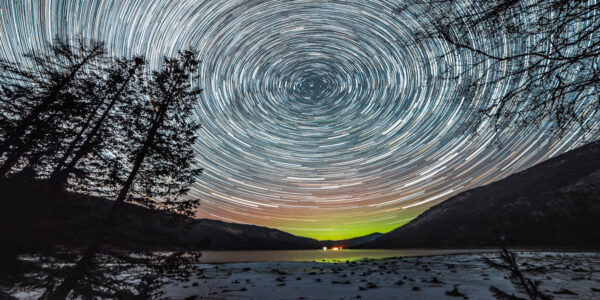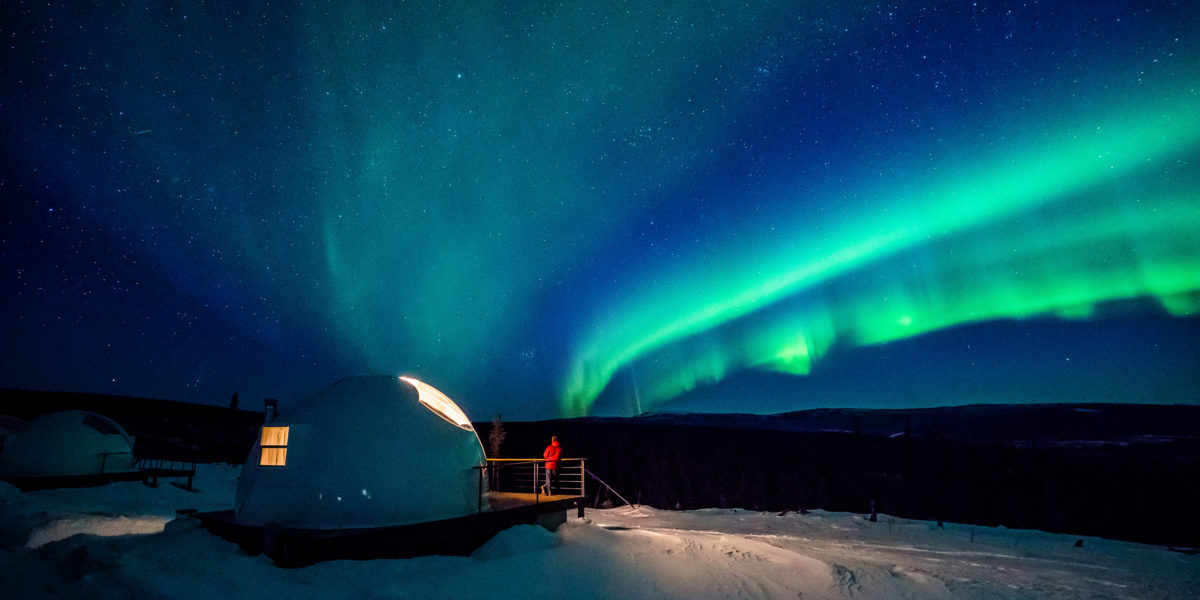
A Rare Celestial Light Show May Be Visible in the West This Labor Day Weekend
Unusually strong solar activity makes for a rare treat: the Northern Lights may be visible in parts of the Western United States (plus Canada and Alaska). Here’s how and where to see them

Thomas J. Story
Mother Nature is throwing one heck of a Labor Day party this weekend, and for once, the invites got extended to those of us in the lower 48.
The National Oceanic and Atmospheric Administration is predicting spectacular northern lights this Saturday and Sunday. Such shows aren’t unusual in Alaska and northern Canada, but for the next couple of nights, the northern lights—also called the aurora borealis—should be visible in parts of the contiguous United States, as well. (You can see a map of the parts of North America that will get the best show here.)
The northern lights, which are caused by solar particles interacting with the earth’s magnetosphere, have been pushed into overdrive by recent solar activity, and on Saturday and Sunday nights you may be able to see them in eastern Washington, northern Idaho, much of Montana, and virtually all of Canada and Alaska.
It can be tricky to see the northern lights at this time of year because they require very dark skies, which in late summer, don’t happen until late at night. Your best bet is to get as far outside of towns and cities as you can, and to do this as late as you can stand it—skies are best for a couple of hours on either side of midnight. One thing in our favor: The moon is new right now, which is good because the bright light of a full moon can drown out the delicate northern lights.
To see the northern lights, look low in the northern sky, and be patient. It can take 10 minutes or more for your eyes to get used to the dark, and the aurora can be a subtle effect. If you see a shimmering green or red glow, that’s it. Binoculars and telescopes won’t improve the view much, but it can be fun to take time-lapse photos—an SLR camera with its shutter left open can collect more light than our eyes, and will produce an image much brighter than what you will experience in the moment.